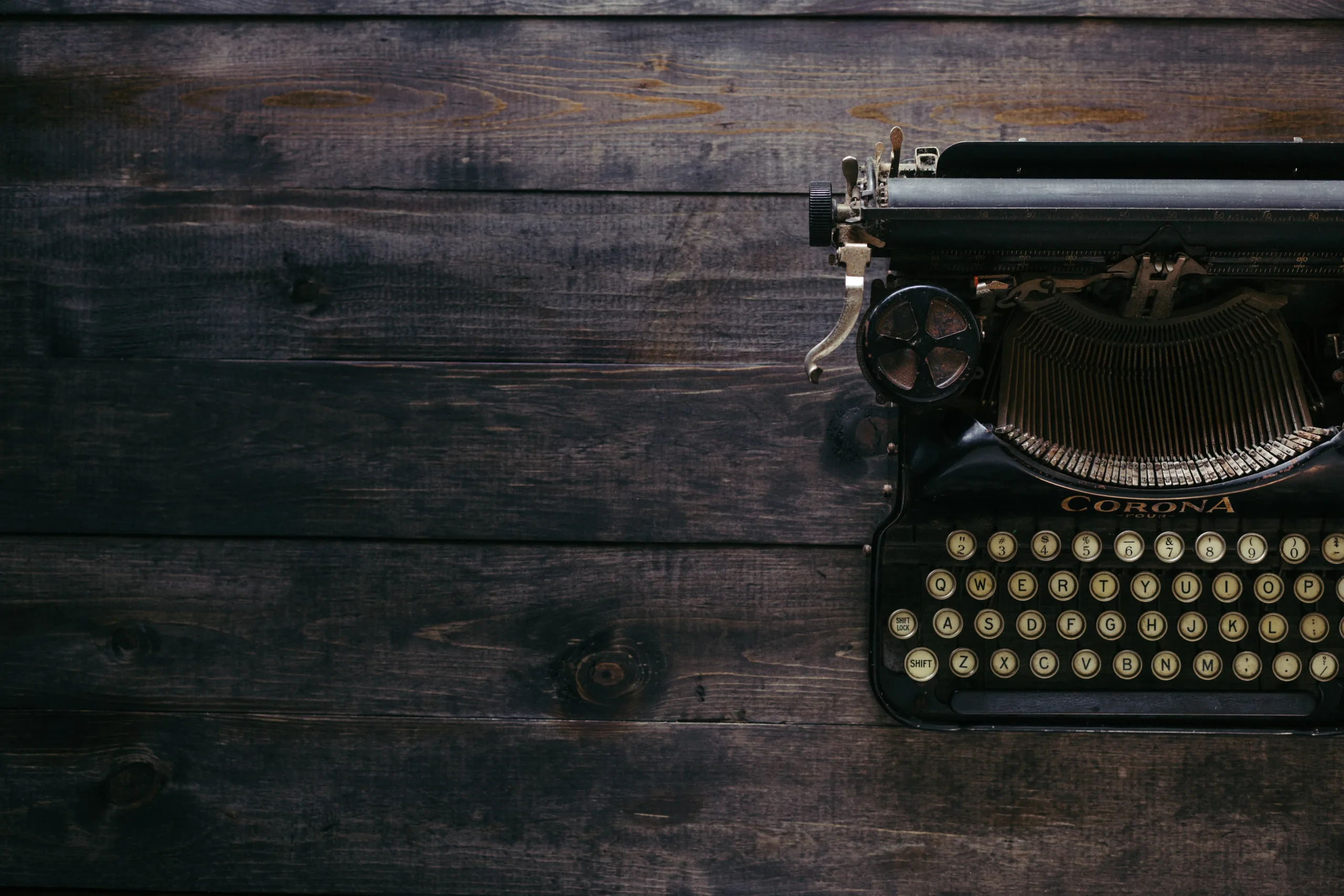Imagine sitting at a cozy, candlelit table, swirling a glass of aromatic red wine in your hand. As you take a sip, layers of flavors dance across your taste buds, leaving you intrigued and wanting to savor every drop. If you’ve ever wondered how to capture those exquisite flavors and aromas in words, then this article is for you. Get ready to embark on a journey of wine tasting notes writing, where we will explore the art of describing wines and uncover the secrets to capturing their essence on paper. Whether you’re a seasoned wine enthusiast or just starting to explore the world of wines, this guide will help elevate your tasting experiences to a whole new level. Let’s uncork the bottle and begin our voyage into the beautiful world of wine tasting notes writing.
Importance of Wine Tasting Notes
The role of wine tasting notes
Wine tasting notes play a crucial role in the world of wine appreciation and understanding. They serve as a valuable tool for both consumers and producers, providing insights into the characteristics, flavors, and quality of a wine. By capturing and communicating the sensory experiences associated with a particular wine, tasting notes allow individuals to make informed decisions about their wine preferences, discover new wines, and explore the intricate nuances that each glass holds.
Why wine tasting notes matter
Wine tasting notes matter because they bridge the gap between the winemaker and the wine drinker. They provide a means of communication, enabling producers to showcase their craftsmanship, express the unique qualities of their wines, and build a connection with consumers. For consumers, tasting notes help navigate the vast world of wines, offering guidance on what to expect, how different wines compare, and which ones align with personal preferences.
Furthermore, wine tasting notes allow individuals to recall and relive their experiences with a particular wine. By documenting the sensory details, they provide a tangible memory that can be revisited, shared, and used as a reference for future encounters with similar wines. In this sense, tasting notes become a personal diary, a way to immortalize and celebrate the pleasure of discovering and enjoying wines.

How wine tasting notes benefit consumers and producers
Wine tasting notes benefit consumers by providing them with valuable information to make informed choices. When purchasing a bottle of wine, knowing the aroma, taste profile, and overall impression helps consumers gauge whether it aligns with their preferences. People can confidently explore new wines, expand their horizons, and make selections based on their personal taste preferences. Additionally, tasting notes can act as a guide for food pairing, suggesting which dishes will complement the flavors and enhance the overall experience.
For producers, tasting notes serve as a valuable marketing tool. They enhance the ability to communicate the unique characteristics of their wines, highlighting what sets them apart from others. Winemakers can utilize tasting notes to showcase their expertise, craftsmanship, and attention to detail. This enables them to connect with consumers on a deeper level, establish brand identity, and ultimately, drive sales.
Elements of Wine Tasting Notes
When writing wine tasting notes, there are several key elements to consider. Each element provides a different perspective and insight into the wine being tasted, contributing to a more comprehensive and informative evaluation.
Visual Examination
The visual examination is the first step in tasting wine and provides important visual cues about the wine’s qualities.
Inspecting the color
Observe the color of the wine by holding the glass against a white background. Take note of its hue, intensity, and clarity. A young white wine may exhibit a pale yellow color, while an aged red wine might have a deep garnet or brick red hue.
Evaluating clarity and brightness
Check for any haziness or sediments in the wine, which could indicate faults or aging. A clear and bright appearance generally suggests a well-made wine.
Assessing viscosity and legs
Swirl the wine gently in the glass and observe how it clings to the sides, forming “legs” or “tears.” The presence of thicker, slower-moving legs suggests a higher alcohol or sugar content, while thinner legs may indicate a lighter-bodied wine.

Aroma Evaluation
The aroma evaluation focuses on identifying the various scents and aromatic components present in the wine.
Sniffing and swirling
Gently swirl the wine in the glass to release its aromas. Bring the glass to your nose and take a series of short, quick sniffs to assess the intensity and complexity of the wine’s aromas.
Identifying primary aromas
Primary aromas are those that result directly from the grape variety and winemaking process. Common primary aromas include fruity, floral, or herbal notes. Identify and describe these aromas, considering their intensity and how they evolve over time.
Detecting secondary and tertiary aromas
Secondary aromas are derived from the fermentation and aging process, while tertiary aromas develop during prolonged bottle aging. Look for characteristics such as vanilla, spice, oak, or earthy notes. These aromas contribute to the overall complexity and depth of the wine.
Taste Analysis
The taste analysis focuses on the sensations experienced on the palate, including the wine’s structure, balance, and flavor profile.
Initial impression
Observe the first impression the wine makes on your palate. Consider whether it is refreshing, bold, or delicate and how it aligns with your expectations based on the aromas.
Evaluating sweetness, acidity, and tannins
Assess the levels of sweetness, acidity, and tannins in the wine. Determine if the wine is bone dry or slightly sweet, whether it has a refreshing acidity or a mouth-puckering sourness, and if it displays smooth or gripping tannins.
Noting flavor intensity and complexity
Identify and describe the dominant flavors present in the wine. Consider the intensity of the flavors, how they evolve, and whether they align with the aromas detected earlier.
Assessing balance and length
Evaluate the overall balance of the wine, considering how the different components (sweetness, acidity, tannins, and flavor) work together harmoniously. Additionally, note the length of the finish, which refers to how long the flavors linger on the palate after swallowing.

Mouthfeel Assessment
The mouthfeel assessment focuses on the tactile sensations and texture of the wine.
Examining body and weight
Consider the wine’s body, which refers to its perceived viscosity and weight on the palate. Is it light-bodied, medium-bodied, or full-bodied? Does it have a smooth, silky texture or a more robust, chewy feel?
Evaluating texture
Assess the texture of the wine. Is it velvety, creamy, or syrupy? Does it have a crisp, refreshing texture or a gritty, astringent quality?
Assessing astringency and smoothness
Evaluate the level of astringency in the wine, which refers to the drying and puckering sensation created by tannins. Additionally, note the overall smoothness and perceived alcohol heat.
Overall Conclusion
The overall conclusion provides a summary of the wine’s characteristics and your overall impression.
Summarizing the experience
Summarize the essential characteristics of the wine, encompassing its visual appearance, aroma, taste, and mouthfeel. Highlight any unique or standout qualities, as well as any potential flaws or areas for improvement.
Giving a rating or score
Optional: Assign a numerical rating or score to the wine based on your personal assessment. This can serve as a quick reference for others seeking recommendations.
Providing recommendations
Offer recommendations on how to enjoy the wine, such as whether it would pair well with certain dishes or if it is best appreciated on its own. Include suggestions for optimal serving temperature and any additional aging potential.
Tips for Writing Wine Tasting Notes
When writing wine tasting notes, consider the following tips to enhance the quality and usefulness of your descriptions.

Use descriptive language
Use vivid and evocative language to describe the wine’s characteristics, flavors, and overall experience. Instead of simply saying “fruity,” elaborate on the specific fruit flavors, such as “ripe red berries” or “zesty citrus.”
Be specific and avoid vague terms
Avoid using vague or generic terms that offer little insight into the wine’s qualities. For example, instead of saying a wine has a “nice aroma,” specify whether it showcases floral, fruity, or herbal notes.

Compare and contrast flavors
When describing flavors, compare and contrast them to other familiar tastes or foods. This helps readers better understand what to expect and how the flavors relate to their own experiences.
Consider the context
Take into account the context in which the wine is being tasted. Consider the occasion, accompanying food, and personal preferences to provide relevant and relatable insights.
Take detailed notes
Take detailed and accurate notes during the tasting process. Include information such as the vintage, winery, vineyard, and any notable details about production techniques. These notes serve as a valuable reference for future comparisons and evaluations.
Common Mistakes to Avoid
While writing wine tasting notes, be mindful of these common mistakes to ensure your descriptions are informative and authentic.
Overcomplicating the language
Avoid using overly complex or technical language that may intimidate or confuse readers. Keep the language accessible and relatable, using terms that most people can understand.
Ignoring personal preferences
While it’s important to provide an objective assessment of the wine’s characteristics, don’t overlook your own personal preferences. Mention if a wine aligns with your taste preferences and share your overall enjoyment or lack thereof.
Not considering food pairings
Remember to consider potential food pairings when evaluating a wine. Mention which dishes you believe would complement the flavors and enhance the overall dining experience.
Being influenced by others’ opinions
Stay true to your own sensory experiences and avoid being swayed by others’ opinions or ratings. Trust your taste buds and provide an honest evaluation based on your own personal preferences.
How to Practice and Improve Wine Tasting Notes Writing Skills
To enhance your wine tasting notes writing skills, consider the following strategies.
Attend wine tastings and workshops
Participate in wine tastings and workshops to expand your knowledge and exposure to different wines. This hands-on experience allows you to refine your palate and gain a deeper understanding of various wine styles and characteristics.
Read wine literature and reviews
Read books, magazines, and online articles about wine tasting and wine reviews. Learn from experts in the field to understand their approach, terminology, and insights into wine evaluation.
Engage in discussions with other enthusiasts
Engage in discussions and exchanges with fellow wine enthusiasts, both online and offline. Sharing experiences, comparing notes, and debating different interpretations can enhance your understanding and help refine your writing skills.
Seek feedback and practice regularly
Seek feedback from trusted individuals or groups with experience in wine tasting. Take their suggestions into consideration and use them to improve your writing style, descriptive vocabulary, and overall approach.
Experiment with different wines and styles
To develop a well-rounded understanding of wines, experiment with different grape varieties, regions, and winemaking styles. Tasting a wide range of wines allows you to explore diverse flavors, aromas, and characteristics, ultimately enriching your ability to write comprehensive tasting notes.

